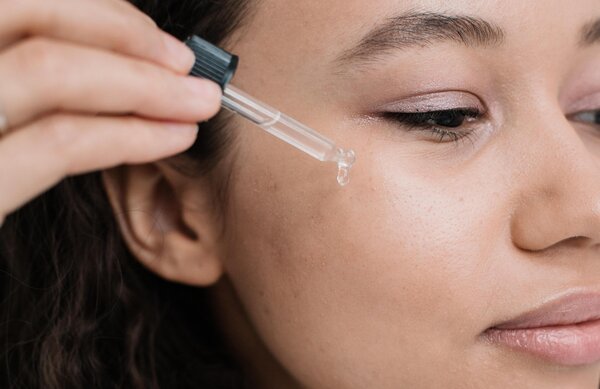People are returning to the workplace across America and the globe. However, the threat of the current pandemic hasn’t disappeared. The recent death of an otherwise healthy vaccinated man shows the need for ongoing precautions.
What can you do as an employer to keep your staff safe? Here are five tips for making your workplace a clean, safe place during COVID-19.
1. Improve Your Indoor Air Quality
According to the Environmental Protection Agency (EPA), up to 30% of all buildings generate excessive complaints regarding indoor air quality. The issue extends well beyond the scent of reheated salmon wafting from the breakroom. It pays to have someone inspect your HVAC system at least once per year and address any issues.
One measure you should take before returning to the office is changing your air filters. Switching to filters with the highest Minimum Efficiency Reporting Value (MERV) rating removes the maximum number of viruses from your indoor atmosphere. Germs often hitch a ride on larger particles, and removing them from your ducts helps prevent illness.
Furthermore, it helps to improve ventilation however possible. Open windows and use ceiling fans to improve airflow.
2. Increase Hygiene Stations And Supplies
Washing your hands is one of the most effective ways to prevent the spread of infectious diseases. It costs relatively little to post reminder signs in restrooms. Doing so might be the prompt someone needs not to rush back to their station without practicing proper hygiene.
You can’t always get to a sink after touching something nasty. Please set up hand sanitizer stations around the workplace to encourage your staff members to clean their paws more frequently. Here, signs come in handy, too. It helps to remind folks that you have to rub your hands together until they feel dry and use enough product to cover all surfaces.
3. Encourage Indoor Masking
When creating your sanitation stations, you might want to include a box or two of disposable masks. They cost relatively little — the amount you recoup on preventing infectious diseases can more than pay for your purchase in a short amount of time.
Please remember that COVID-19 isn’t the only germ you have to watch out for during cold and flu season. While it’s an uncommon practice in the west, many Asian countries encourage mask use to prevent disease spread. You’ll get funny looks on the streets of Hong Kong if you venture outdoors with a sneeze or cough uncovered.
The near-disappearance of the flu during COVID-19 lends credence to the argument that masking up prevents the spread of germs. Even though most locales have removed government edicts on mask-wearing, you might consider requiring them for the office if you want to reduce the number of sick days your staff takes.
4. Create Outdoor Workstations
Most scientists agree that outdoor activities are safer when it comes to preventing the spread of infectious diseases. Germs have unlimited space to spread out and dissipate, making it less likely one of them will land in your lungs and set up shop.
Furthermore, exposure to plants and fresh air might improve your employees’ immune function. Research on forest bathers shows increased activity in natural killer cells after taking an overnight trip in the woods. Consider creating outdoor workstations, or at least adding alfresco seating arrangements for employees to grab lunch.
5. Consider Temperature Checks
You can pick up a noninvasive gun-style thermometer for around $20 at many department stores. Should you invest in one and zap your staff before they enter the building?
Doing so might prevent some, but not all, illnesses. For example, roughly 40% of COVID-19 patients present as asymptomatic — meaning they don’t have the stereotypical fever, loss of smell, and headaches typical of many.
Therefore, adding temperature screenings could prevent some, but not all, infected people from entering the building. If you know you have medically vulnerable staff members, you might consider this step — but know it isn’t a failsafe.
6. Improve Leave Practices For Sick Staff Members
However, you do want to avoid the following scenario: a staff member reporting to work while symptomatic because they’ll come up short on rent if they take a sick day. Such practices hurt your other employees and customers alike. Unfortunately, it’s often the workers who have the most contact with the public who can afford to take a day off the least.
Therefore, please consider expanding your PTO policies. The United States is unique among industrialized nations in not mandating paid sick and family leave as a matter of law. That fact doesn’t mean the current rules are correct, adequate, or fair, particularly for preventing disease spread. It costs much more to replace a valuable staff member than to provide a few days out of the office to minimize contagion risk.
Make Your Workplace A Clean, Safe Place During COVID-19
As people return to work, employers bear much responsibility for keeping their staff protected from disease. Make your workplace a clean, safe place during COVID-19 with these tips.



